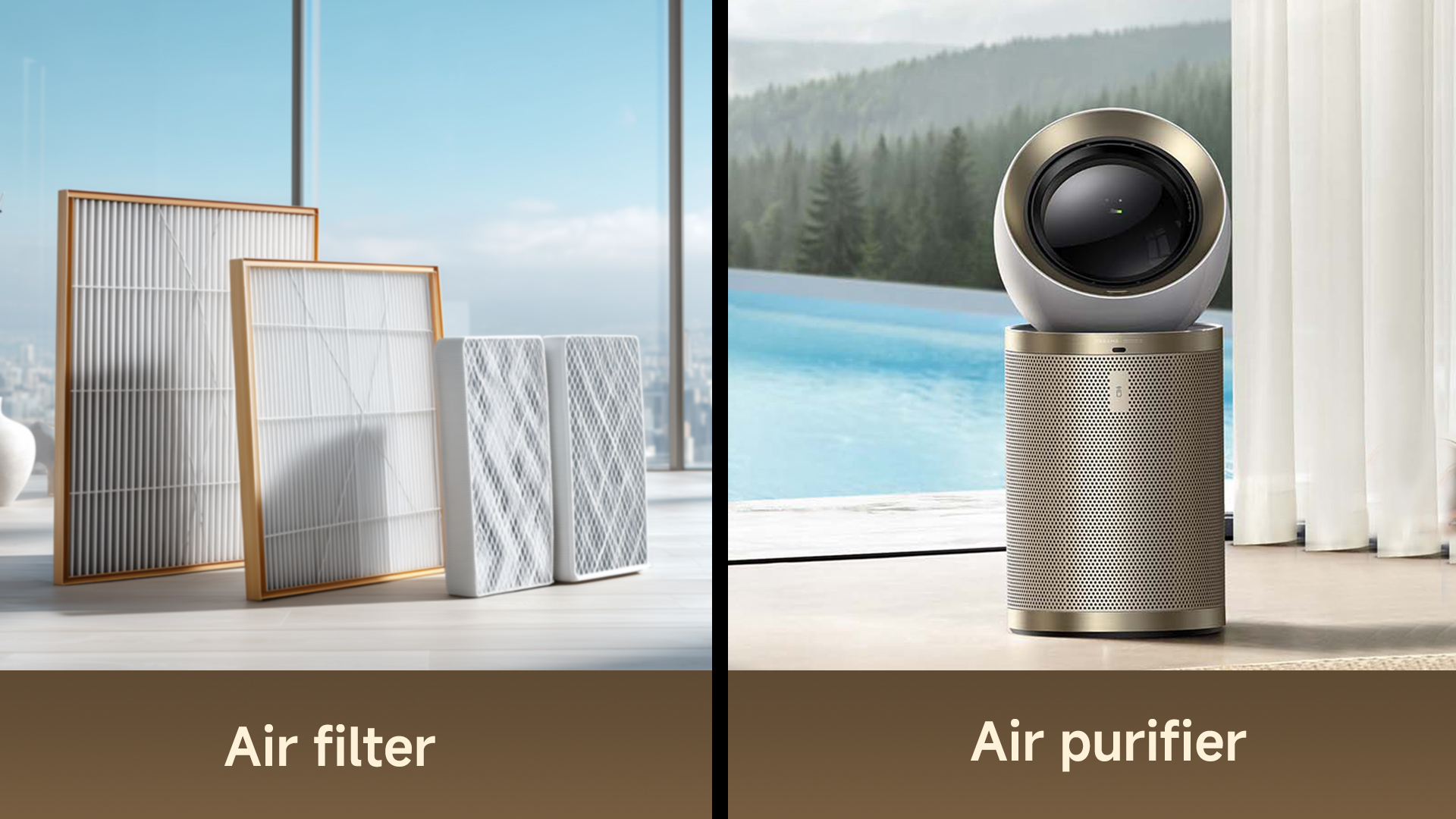
Step inside your home and breathe deeply. Do you know what floats in the air around you? Invisible dust, pollen, pet dander, and sometimes even smoke or chemical vapors. For people with asthma or allergies, or for families living in wildfire-prone regions, this invisible mix can turn everyday comfort into a challenge. Clean air is no longer a luxury. It is a necessity.
Yet when homeowners start looking for solutions, confusion appears. Many wonder whether an air filter or an air purifier is the right choice. They sound similar, but the way they protect your home is very different. This guide untangles the confusion, explains the differences between an air purifier vs air filter, and shows you when each one matters most, so you can make a choice with clarity and confidence.
Table of Contents
- What Is an Air Filter?
- What Is an Air Purifier?
- Filtration vs. Purification: What each actually does
- Other Differences Between Air Filters and Air Purifiers
- When to Choose an Air Filter, Air Purifier, or Both
- Comparison Table: Air Filter vs Air Purifier
- Conclusion
What Is an Air Filter?
An air filter is a device, usually built into an HVAC system, that traps dust, pollen, and other particles as air passes through it. Hidden inside ducts, it forms the first shield against invading particles. Dust, pollen, and pet hair, these larger irritants never make it past the filter’s fabric or pleated layers. The air that flows back into your living spaces feels cleaner, while the HVAC unit itself avoids damage from debris.
Air filters work well for basic air quality control. The higher the MERV rating, the finer the particles they can catch. But it is important to remember their role: they protect equipment and improve baseline air, not eliminate microscopic threats. Think of filters as essential gatekeepers, reliable and steady, but not the whole solution.
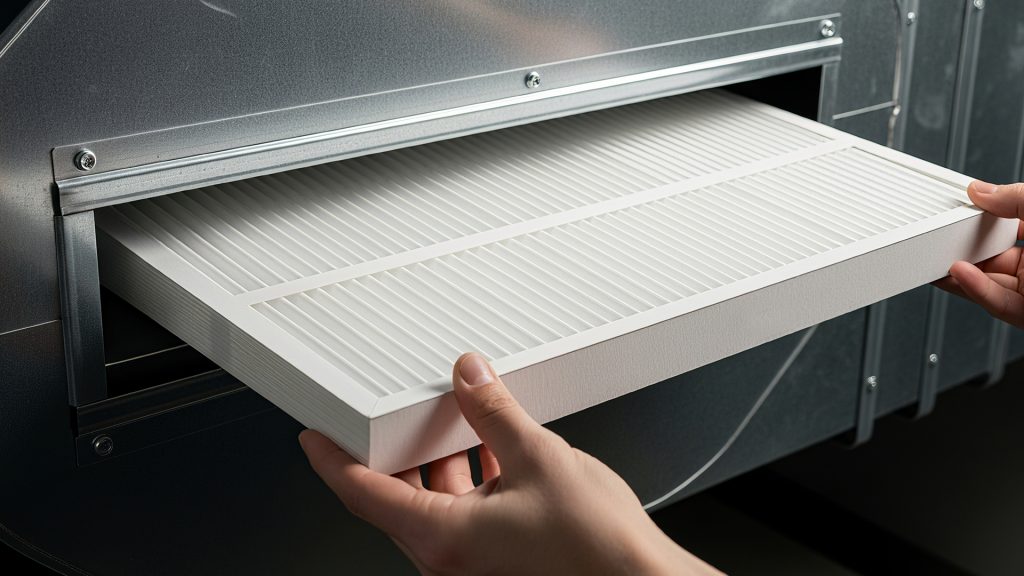
What Is an Air Purifier?
An air purifier is a standalone device designed to actively clean indoor air by removing particles, gases, and microorganisms with specialized filters or other technologies. Instead of passively catching what passes through, it seeks out pollutants and neutralizes them. Equipped with advanced technologies like HEPA, UV light, and activated carbon, a purifier does not just block dust. It targets allergens, bacteria, viruses, smoke particles, and even chemical vapors invisible to the eye.
Placed in bedrooms, living areas, or offices, purifiers create focused zones of fresh air. Unlike filters hidden in ducts, they work where you live and breathe most. For sensitive individuals, the difference can feel profound: fewer sneezes, lighter breathing, and calmer nights. It is technology designed not just for function, but for comfort and peace of mind.
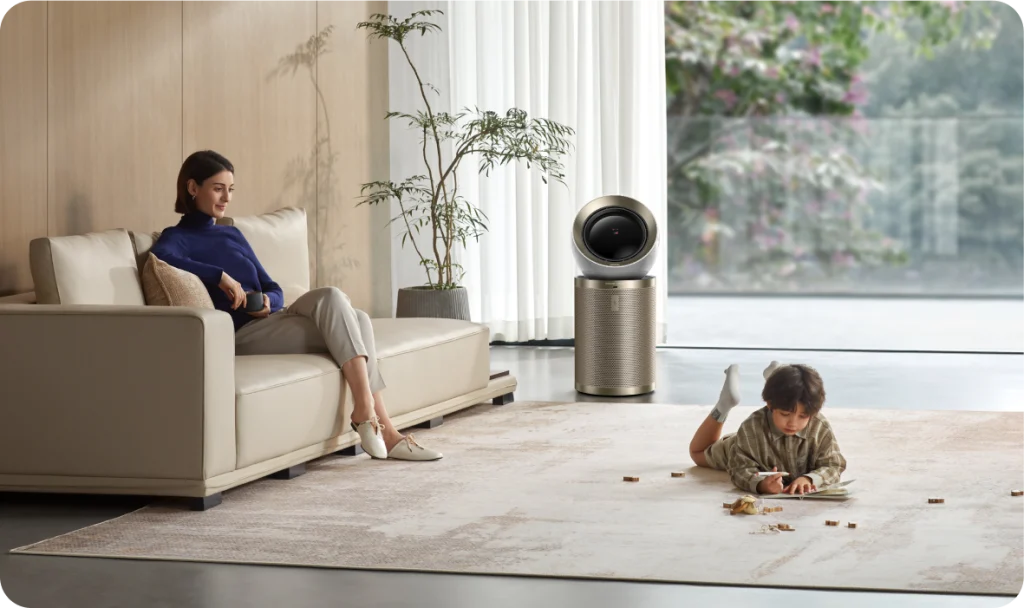
Filtration vs. Purification: What each actually does
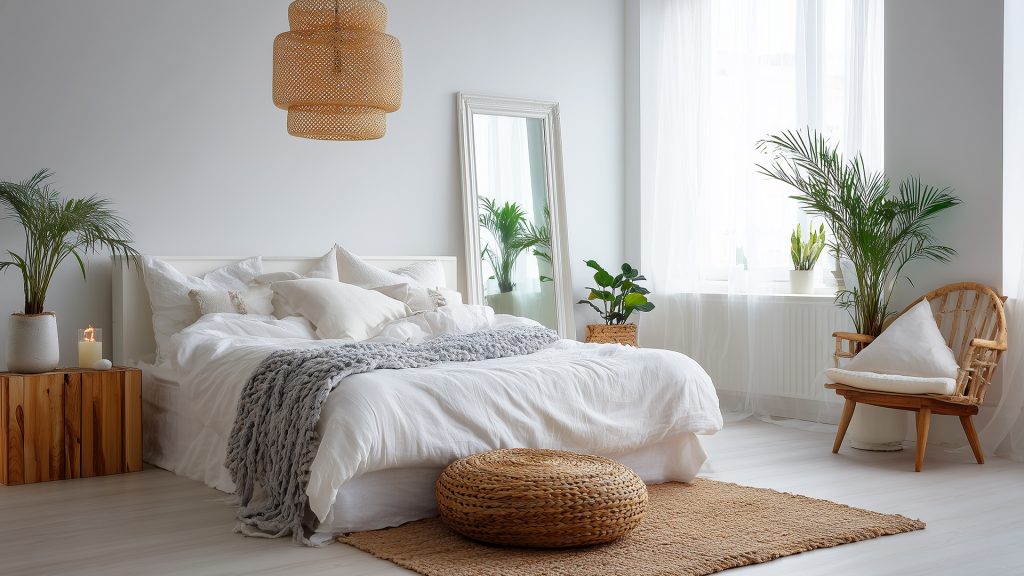
How an Air Filter Works
Air filters rely on a simple principle: air passes through a barrier, and particles get trapped. Fiberglass, fabric, or pleated media stop debris, leaving your HVAC system and airflow cleaner. But once the filter fills up, it must be replaced to remain effective.
How an Air Purifier Works
Air purifiers combine multiple layers of science. HEPA captures particles as tiny as 0.3 microns. UV light disrupts the DNA of germs. Activated carbon absorbs odors and volatile chemicals. Advanced models even use sensors to track pollutants in real time, adjusting performance automatically.
Other Differences Between Air Filters and Air Purifiers
Air filters and air purifiers share the same goal: cleaner air, but the methods they employ to achieve it set them apart. To understand which one truly fits your home, let’s look at their differences more closely.
Target Pollutants
Filters handle the larger intruders, dust, pollen, and pet dander. For families with basic needs, they create a solid foundation. But purifiers excel against the threats you cannot see: smoke from wildfires, chemical vapors from paints and cleaners, and even airborne pathogens. They reach where filters stop.
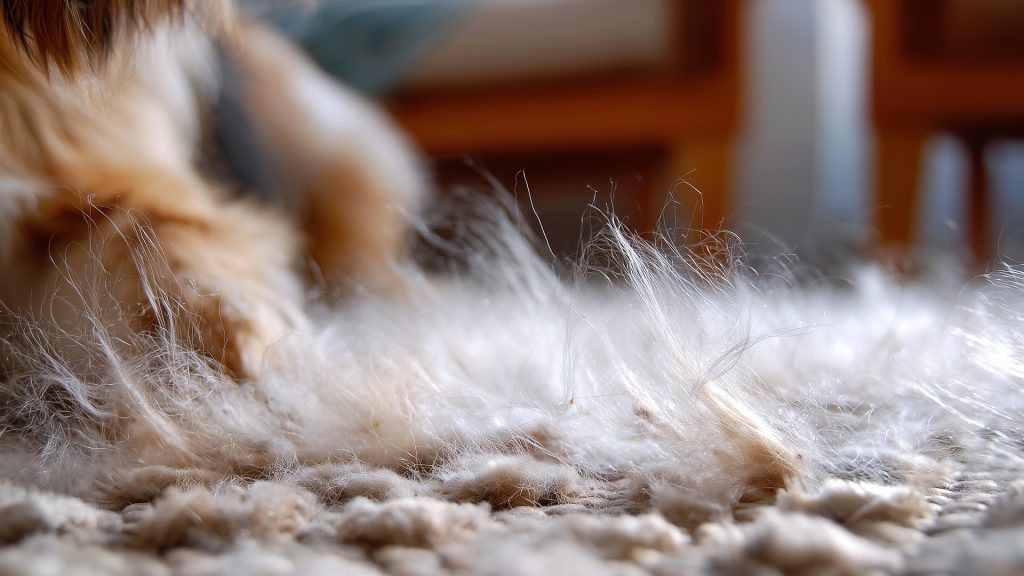
Placement
Filters live quietly inside HVAC systems. They provide whole-home coverage but lack pinpoint control. Purifiers, in contrast, are standalone devices you can place strategically. A purifier in your bedroom can transform your sleep environment overnight, while one in your living room ensures cleaner air where families gather most.
Technology
Filters remain mechanical. They act as sieves for the air. Purifiers represent the future. HEPA, UV, activated carbon, and smart sensors work together for deeper, faster, more intelligent cleaning.
Dreame AirPursue PM20 is a prime example. With its four-layer filtration system and Dual Elimination Technology, it not only traps but actively neutralizes harmful particles. It embodies the distinction between filtration and true purification, making science elegant and practical.
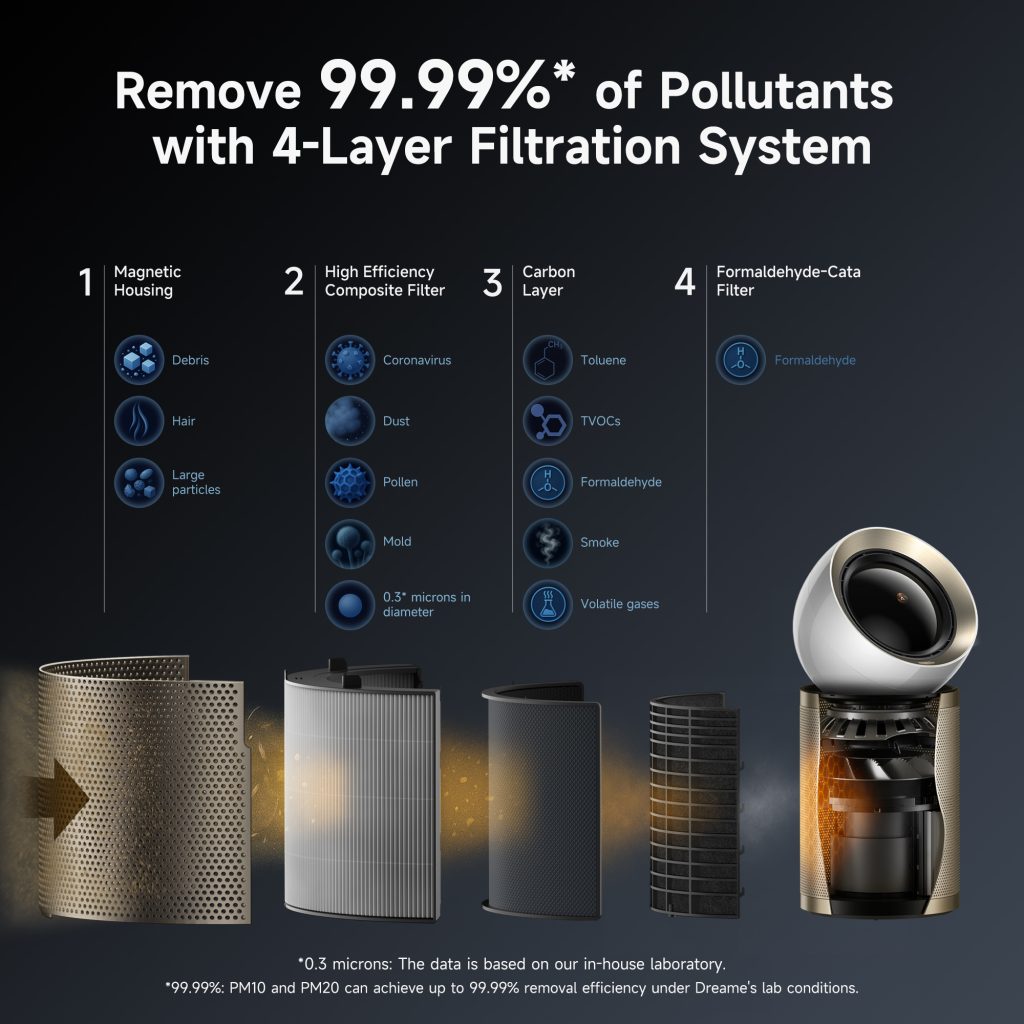
When to Choose an Air Filter, Air Purifier, or Both
Every home tells a different story. The right choice depends on your needs.
For Allergy and Asthma Sufferers
Filters remove common triggers, but purifiers deliver real relief. Medical studies show HEPA-based purifiers reduce allergy symptoms in bedrooms, creating calmer “sleep zones.” For asthma sufferers, purifiers can ease conditions by lowering airborne irritants, though results vary among individuals.
For Wildfire Smoke and VOCs
Wildfire smoke turns the air toxic in seconds. Here, purifiers become essential. Activated carbon captures smoke particles and volatile organic compounds like benzene or toluene. Even makeshift solutions with MERV 13 filters help, but dedicated purifiers provide a far more consistent defense.
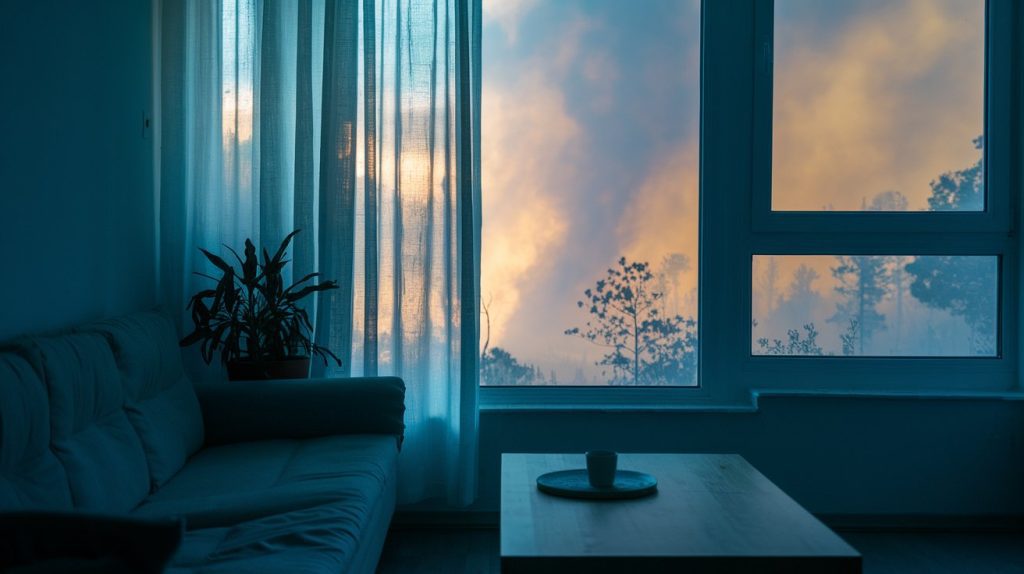
For Pet Owners
Pets add warmth to our homes, but they also shed dander and odors. Filters inside HVAC systems catch much of the floating dander, but purifiers near pet areas neutralize stubborn smells and micro-allergens. The combination creates balance: a cleaner home without sacrificing companionship.
For Whole-Home Air Quality
Filters in HVAC systems deliver steady, house-wide protection. Yet purifiers add precision in high-traffic rooms.
Dreame’s Even Purification Technology addresses the issue of uneven coverage, ensuring that clean air circulates consistently. With Dreame, one purifier feels like both a filter and a purifier working together, elegant and efficient.
Comparison Table: Air Filter vs Air Purifier
Below is a table highlighting the key differences between an air filter vs air purifier.
| Feature | Air Filter (HVAC) | Air Purifier (Standalone) |
| Main Function | Blocks large particles | Cleans and neutralizes pollutants |
| Target Pollutants | Dust, pollen, pet hair | Smoke, VOCs, germs, odors, fine dust |
| Placement | Inside HVAC system | Anywhere in the home |
| Technology | Fiberglass, pleated, HEPA | HEPA, UV, activated carbon, sensors |
| Coverage | Whole-home baseline | Room-specific precision |
Conclusion
Air filters and air purifiers both matter, but in different ways. Filters protect HVAC systems and provide steady, whole-home defense against larger particles. Purifiers bring innovation, targeting invisible threats and delivering cleaner, fresher air where it matters most.
For families seeking true peace of mind, the solution often lies in balance. With advanced technologies like Dreame’s AirPursue PM20 and Even Purification Technology, you no longer have to choose. You gain the coverage of a filter and the precision of a purifier in one refined device. Clean air becomes not just a possibility, but a daily reality.